
下载APP

【单选题】


For more than thirty years after astronauts first set foot on the Moon, scientists have been unable to unravel the mystery of where the Earth’s only satellite came from. But now there is direct evidence that the Moon was born after a giant collision between the young Earth and another planet.
Previous studies of rocks from the Earth and the Moon have been unable to distinguish between the two, suggesting that they formed from the same material. But this still left room for a number of theories explaining how—for example, that the Moon and Earth formed from the same material at the same time. It was even suggested that the early Earth spun so fast it formed a bulge that ually broke off to form the Moon.
Franck Poitrasson, and his colleagues at the Swiss Federal Institute of Technology have compared Moon rocks with rocks from Earth and discovered a surprising difference. They ysed the weight of the elements present in the rock using a highly accurate form of mass spectroscopy(光谱研究) that involves vaporising a sample by passing it through an argon (氩) flame. Although they appeared very similar in most respects, the Moon rocks had a higher ratio of iron-57 to iron-54 isotopes(同位素)than the Earth rocks. "The only way we could explain this difference is that the Moon and the Earth were partly vaporised during their formation," says Poitrasson.
Only the popular "giant planetary impact" theory could generate the temperatures of more than 1700℃ needed to vaporise iron. In this scenario, a Mars-sized planet known as Theia crashed into Earth 50 million years after the birth of the Solar System. This catastrophic collision would have released 100 million times more energy than the impact believed to have wiped out the dinosaurs—enough to melt and vaporise a large portion of the Earth and completely destroy Theia. The debris from the collision would have been thrown into orbit around the Earth and ually coalesced to form the Moon.
When iron is vaporised, the lighter isotopes burn off first. And since the ejected debris that became the Moon would have been more thoroughly vaporised, it would have lost a greater proportion of its lighter iron isotopes than Earth did. This would explain the different ratios that Poitrasson has found.
The main theme of the passage is ______.
A.
the differences between the Earth and the Moon
B.
how man manages to set foot onto the Moon
C.
the collision between the Earth and the Moon
D.
the origin of the Moon
参考答案:


参考解析:




刷刷题刷刷变学霸
举一反三

【单选题】Mars fascinates scientists because of its similarity to Earth, and it fascinates the public because our myth of "Martians" is a vision of life beyond Earth. The Mars 62 continues with the launch of ...
A.
extremes
B.
extracts
C.
terminals
D.
radicals
【单选题】Mars fascinates scientists because of its similarity to Earth, and it fascinates the public because our myth of "Martians" is a vision of life beyond Earth. The Mars 62 continues with the launch of ...
A.
thus
B.
however
C.
so
D.
but
【单选题】某一化合物在UV光区无吸收,在红外光谱的官能团区出现如下吸收峰:3400~3200cm-1(宽而强),1410cm-1,则该化合物最可能是()。
A.
羧酸
B.
伯胺
C.
醇
D.
醚
【单选题】Mars fascinates scientists because of its similarity to Earth, and it fascinates the public because our myth of "Martians" is a vision of life beyond Earth. The Mars 62 continues with the launch of ...
A.
explore
B.
explode
C.
exploit
D.
deplore
【单选题】利用各种化学物质所具有的发射、吸收或散射光谱谱系的特征,来确定其性质、结构或含量的技术是
A.
电化学分析技术
B.
光谱分析技术
C.
层析技术
D.
电泳技术
E.
离心技术
【单选题】同位素()
A.
质子数与中子数均相同,且原子核处于相同能量状态的一类原子
B.
具有相同质子数的一类原子
C.
质子数相同但中子数不同的核素
D.
质子数与中子数均相同,但原子核处于不相同的能量状态的核素
E.
原子核处于不稳定状态,需要通过核内调整或能级调整才能趋于稳定的核素
相关题目:

【单选题】下列互为同位素的一组是
A.
和
B.
和
C.
和
D.
和
【单选题】开放型放射性同位素操作中的防护主要是:()
A.
紧急防护
B.
碘防护
C.
内照射防护
D.
外照射防护
【单选题】红外光谱的单位是()。
A.
cm-1
B.
nm
C.
m/z
D.
mm
E.
δ
【单选题】连铸机结晶器用Cs-137同位素检测结晶器内( )。
A.
凝固层厚度
B.
钢水质量
C.
钢液面高度
【单选题】同位素中()。
A.
质子数相同,中子数不同
B.
质子数相同,中子数相同
C.
中子数相同,质子数不同
D.
中子数、质子数均不相同
【单选题】下面哪组属于同位素 ()
A.
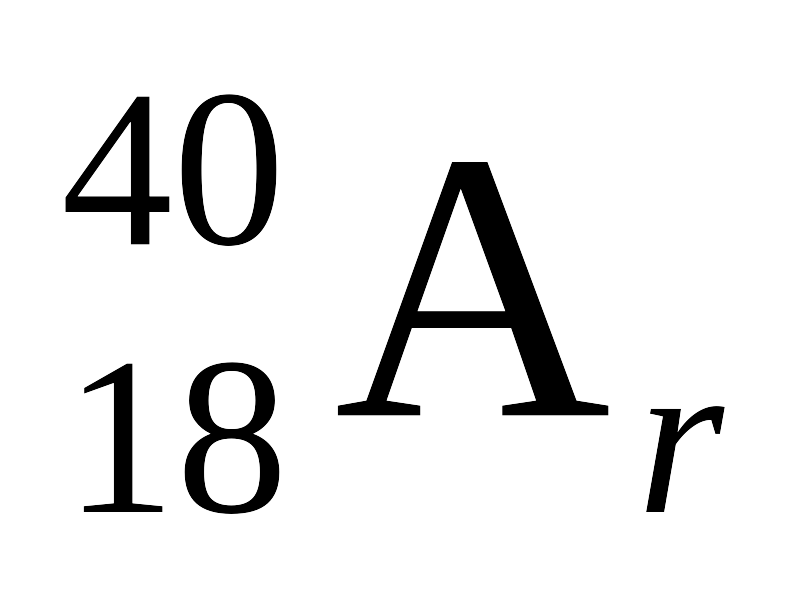 和
和

 和
和

B.
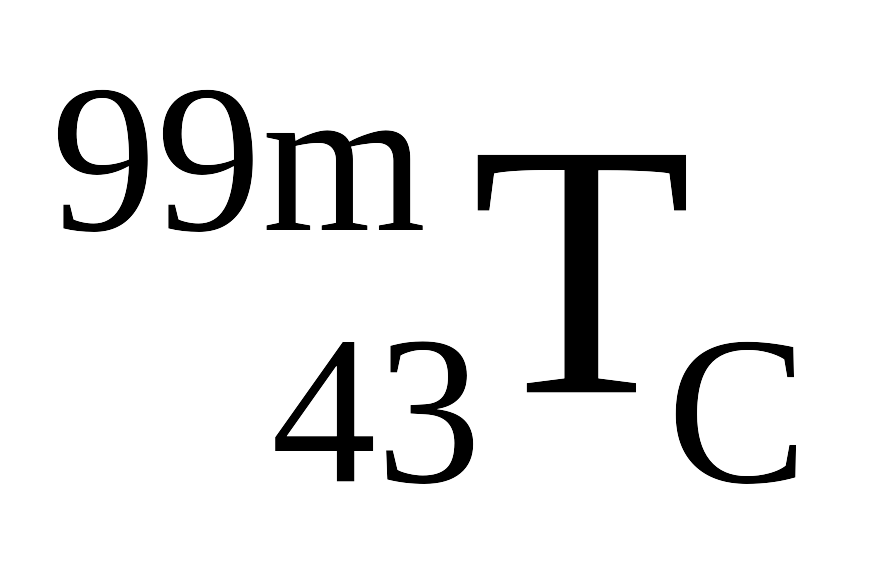 和
和

 和
和

C.
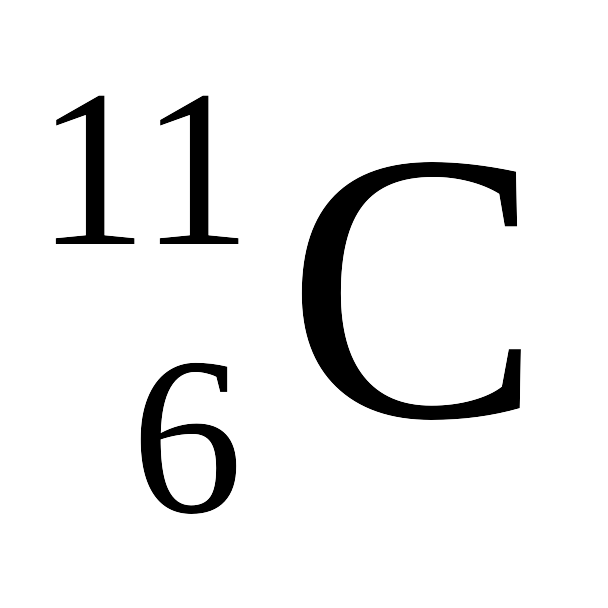 和
和
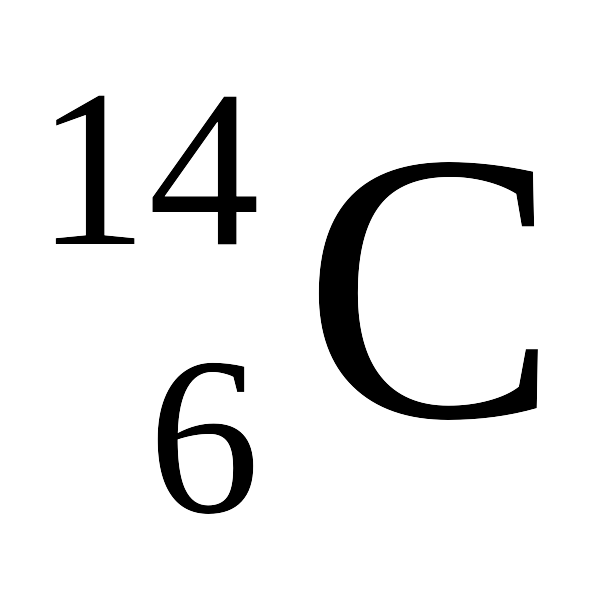
 和
和

D.
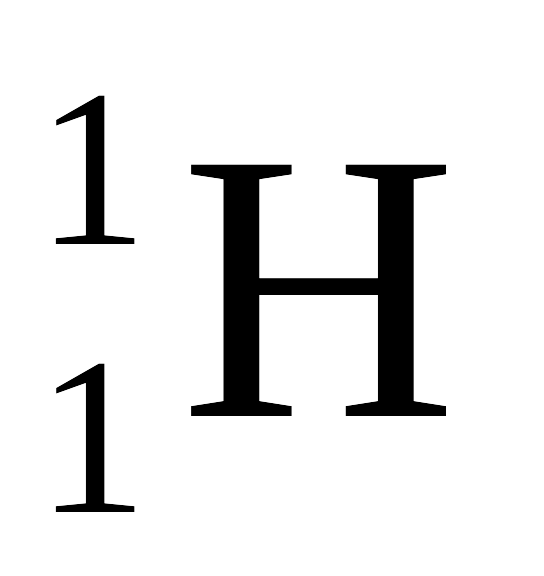 和
和

 和
和

【判断题】紫外光谱是无机分子中各种电子吸收了紫外光辐射的能量发生跃进而产生的。
A.
正确
B.
错误
【单选题】某一化合物在UV光区无吸收,在红外光谱的官能团区出现如下吸收峰:3400~3200cm-1(宽而强),1410cm-1,则该化合物最可能是()。
A.
羧酸
B.
伯胺
C.
醇
D.
醚
【单选题】利用各种化学物质所具有的发射、吸收或散射光谱谱系的特征,来确定其性质、结构或含量的技术是
A.
电化学分析技术
B.
光谱分析技术
C.
层析技术
D.
电泳技术
E.
离心技术
【单选题】同位素()
A.
质子数与中子数均相同,且原子核处于相同能量状态的一类原子
B.
具有相同质子数的一类原子
C.
质子数相同但中子数不同的核素
D.
质子数与中子数均相同,但原子核处于不相同的能量状态的核素
E.
原子核处于不稳定状态,需要通过核内调整或能级调整才能趋于稳定的核素

